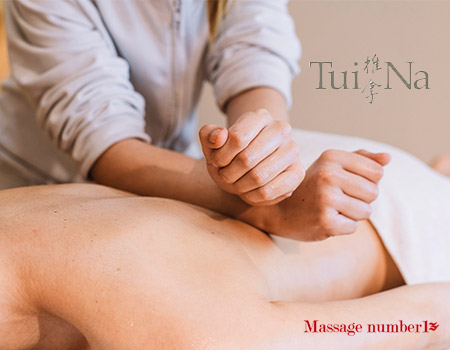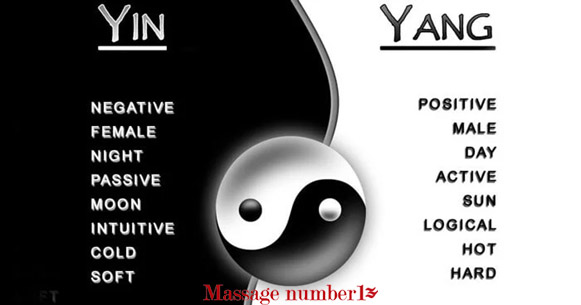
The Art and Benefits of Tui Na Massage: An Ancient Healing Technique
The Art and Benefits of Tui Na Massage
Tui Na, an integral part of traditional Chinese medicine, is a therapeutic massage technique that has been practiced for centuries. Rooted in the principles of balancing the body’s vital energy, or Qi, Tui Na goes beyond mere relaxation—it is a holistic approach to healing that addresses both physical and energetic imbalances. In this article, we explore the art and numerous benefits of Tui Na massage.
Understanding Tui Na Massage
Tui Na, often referred to as “Chinese therapeutic massage,” involves a combination of rhythmic kneading, pressing, and stretching movements. What sets Tui Na apart is its focus on the body’s meridian system and acupressure points. Practitioners use their hands, fingers, and elbows to apply pressure to specific points, promoting the flow of Qi and restoring balance.
The Five Manipulations of Tui Na
Tui Na employs five fundamental manipulations: pushing, grasping, rubbing, pressing, and kneading. Each manipulation serves a specific purpose, targeting different areas of the body to address various health concerns. By skillfully combining these techniques, Tui Na practitioners aim to harmonize the body’s Qi, allowing for optimal functioning of the body’s systems.
Balancing Qi and Blood Flow
Central to Tui Na is the concept of balancing Qi and blood flow. Through precise manipulations and targeted pressure on acupressure points, Tui Na helps remove blockages in the body’s energy pathways. By restoring the harmonious flow of Qi and blood, Tui Na contributes to overall health and vitality.
Definition of Qi:
Qi, often spelled as “chi” in Western literature, is a fundamental concept in traditional Chinese medicine (TCM) and philosophy. It’s a Chinese term that can be translated to mean “vital energy” or “life force.” According to TCM, Qi is believed to be the force that animates and sustains all living things. Understanding Qi is central to comprehending various aspects of traditional Chinese medicine, including acupuncture, herbal medicine, and practices like Tai Chi and Qigong.
Alleviating Musculoskeletal Pain
Tui Na is renowned for its effectiveness in relieving musculoskeletal pain and discomfort. Whether caused by stress, injury, or chronic conditions, the therapeutic techniques employed in Tui Na can help relax muscles, reduce inflammation, and promote the body’s natural healing processes.
Stress Reduction and Emotional Well-being
Beyond its physical benefits, Tui Na also has a positive impact on emotional well-being. The calming and balancing effects of Tui Na massage are known to reduce stress and anxiety, promoting a sense of relaxation and mental clarity.
Tui Na for Holistic Health Maintenance
Many individuals turn to Tui Na not only for therapeutic purposes but also as a form of preventive care. Regular sessions of Tui Na are believed to maintain the balance of Qi, preventing imbalances that could lead to illness. It is seen as a proactive approach to holistic health and well-being.
Conclusion: Embracing the Wisdom of Tui Na
In conclusion, Tui Na massage is a profound and time-tested healing modality that encompasses both the physical and energetic aspects of well-being. Its emphasis on balancing Qi and promoting the body’s innate healing abilities makes it a valuable therapeutic tool for a wide range of health concerns. Whether seeking relief from pain, stress reduction, or a proactive approach to holistic health, Tui Na stands as a testament to the ancient wisdom embedded in Chinese medicine, offering a path to balance, harmony, and vitality.




